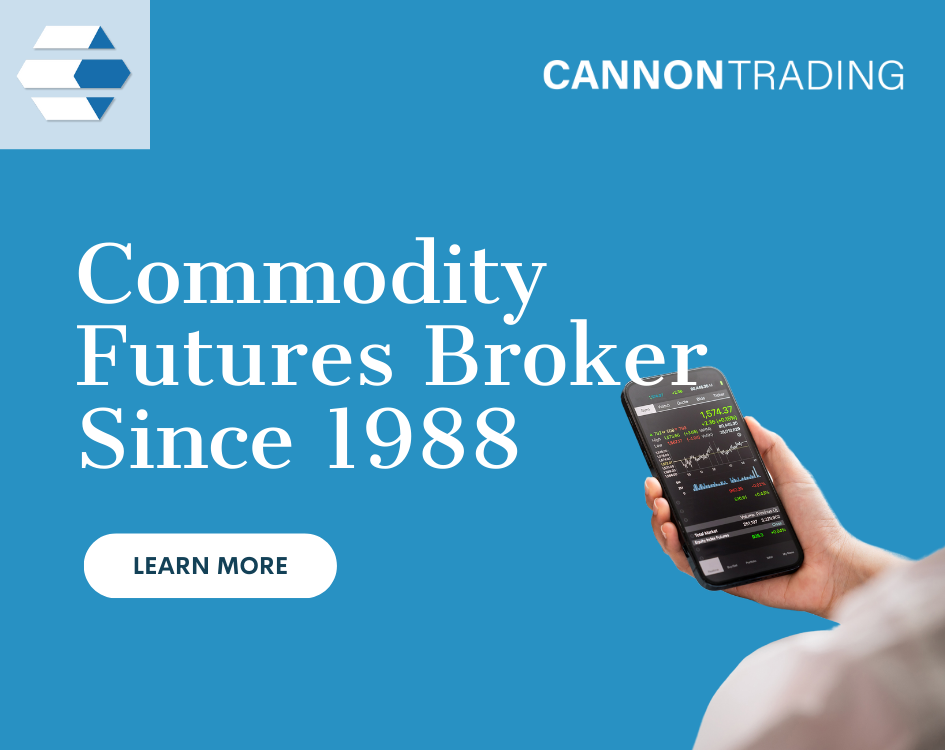
|
|||||||||||||||||||||||||||||||||||||||||||||||||||||||||||||||||||||||||||||||||||||||||||||||
|
|||||||||||||||||||||||||||||||||||||||||||||||||||||||||||||||||||||||||||||||||||||||||||||||
|
No matter how much time and attention you pay to the details of future trading and futures exchange, sometimes it can get difficult to understand what these things are. Otherwise also known as futures markets, a futures exchange is where people trade future contracts.
This contract is to buy certain specific quantities of a certain commodity and/or a financial instrument. Another thing about the futures exchange is that the contracts traded on it are always standardized. And, there are a number of elements that define the standardization of the contract. There is a list of futures exchanges or futures markets that you must read about before entering the futures exchange.
We at Cannon Trading are there to help you understand and assist in matters related to futures markets. Apart from our expert traders and brokers who can be reached at any time, our online knowledge base helps you get all the information possible on the latest about futures markets in different parts of the world. So, in order to be better informed, read through all the blogs in this category archive.

|
|||||||||||||||||||||||||||||||||||||||||||||||||||||||||||||||||||||||||||||||||||||||||||||||
|
|||||||||||||||||||||||||||||||||||||||||||||||||||||||||||||||||||||||||||||||||||||||||||||||
|

|
|||||||||||||||||||||||||||||||||||||||||||||||||||||||||||||
|
|||||||||||||||||||||||||||||||||||||||||||||||||||||||||||||
|

|
||||||||||||||||||||||||||||||||||||||||||||||||||||||||||
|
||||||||||||||||||||||||||||||||||||||||||||||||||||||||||
|

|
|||||||||||||||||||||||||||||||||||||||||||||||||||||||||||
|
|||||||||||||||||||||||||||||||||||||||||||||||||||||||||||
|

|
||||||||||||||||||||||||||||||||||||||||||||||||||||||||||||||||||
|
||||||||||||||||||||||||||||||||||||||||||||||||||||||||||||||||||
|

|
|||||||||||||||||||||||||||||||||||||||||||||||||||||||||||||||||||||||||||||||||||||||||||||||||
|
|||||||||||||||||||||||||||||||||||||||||||||||||||||||||||||||||||||||||||||||||||||||||||||||||
|


|
||||||||||||||||||||||||||||||||||||||||||||||||||||||||||||||||||
|
||||||||||||||||||||||||||||||||||||||||||||||||||||||||||||||||||
|

|
||||||||||||||||||||||||||||||||||||||||||||||||||||||||||||||||
|
||||||||||||||||||||||||||||||||||||||||||||||||||||||||||||||||
|
The dynamic world of financial markets offers countless opportunities for traders and investors, with futures trading being one of the most potent yet complex avenues. At the heart of this domain lies a pivotal figure: the futures broker. Acting as the conduit between traders and exchanges, futures brokers not only facilitate transactions but also influence the success, transparency, and efficiency of a trader’s experience. In such a high-stakes environment, choosing the right futures broker is not just a matter of preference—it’s a strategic necessity.
This paper explores the core values that distinguish reputable futures brokers from those that are less favorable. We’ll delve into the ethical, operational, and regulatory standards that the best futures brokers uphold and contrast them with the behaviors and traits exhibited by questionable ones. We will also illustrate how Cannon Trading, a prominent name in futures trading, consistently exemplifies these positive traits, cementing its place among the best futures brokers in the industry.
A futures broker is a licensed professional or firm that executes orders to buy or sell futures contracts on behalf of clients. These contracts obligate the buyer to purchase—or the seller to sell—an asset at a predetermined future date and price. Trading futures allows investors to hedge risk or speculate on the direction of market prices for commodities, indices, currencies, and other instruments.
The futures broker plays several roles, including:
Because of the intricate nature of futures trading, brokers are often more than intermediaries—they are advisors, risk managers, and strategic partners.
Reputable futures brokers are easy to identify by a distinct set of core values that underscore their operations and client relationships. These values ensure that the client’s interests are protected and the broker’s services are delivered with integrity and professionalism.
This clarity helps traders make informed decisions and minimizes the chances of unexpected costs.
Ethical conduct is foundational to a reputable futures broker. This means:
The best futures brokers operate with integrity because they understand that long-term relationships are more valuable than short-term profits.
A broker’s good standing with regulatory bodies is a strong signal of their credibility.
A solid futures trading experience depends heavily on the broker’s technology. This includes:
Futures brokers with top-tier platforms empower their clients with efficiency and better trade management.
They understand that educated clients are more successful and more loyal.
On the flip side, less trustworthy or outright unfavorable futures brokers exhibit warning signs that can jeopardize a trader’s capital and confidence.
An unfavorable futures broker may not be properly registered or may have a history of regulatory violations. This includes:
Such behavior is a red flag and often precedes more severe issues.
Unscrupulous brokers often use aggressive marketing and push clients to take on excessive risk. These brokers may:
This goes against the fiduciary duty of putting client interests first.

Cannon Trading Company stands out in a crowded field of futures brokers, not merely by what it does but by how it does it. With over three decades of experience in the futures trading industry, the firm is deeply committed to client success and industry integrity.
Their clean record with regulatory agencies reinforces their trustworthiness and reliability.
The consistent praise from clients reflects the firm’s client-centric culture.
By providing multiple platform options, the firm ensures that traders can operate in the environment that best suits their strategy and workflow.
This strong emphasis on education sets them apart from other futures brokers who may prioritize transactions over transformation.
Selecting a futures broker is not a decision to be made lightly. The broker’s values, technology, customer service, and regulatory adherence directly impact a trader’s ability to succeed. A good future broker becomes a partner in the trader’s journey, providing not just access to markets but also strategic insight and emotional support during market volatility.
Cannon Trading has demonstrated, time and again, that it is among the elite in the field. By consistently embodying the core values of reputable futures brokers, they offer a sanctuary of integrity in an industry often clouded by complexity.
The role of the futures broker is foundational to successful futures trading. From technological sophistication to regulatory compliance and customer service, the differences between reputable and unfavorable brokers are stark. Reputable futures brokers are transparent, ethical, regulated, and client-focused, while less favorable ones cut corners, obscure costs, and prioritize profits over people.
Cannon Trading shines as a model of excellence in this space. With decades of experience, an array of powerful futures trading platforms, high client satisfaction, and impeccable regulatory standing, it exemplifies the values every trader should look for in the best futures broker.
Whether you’re new to trading futures or an experienced investor seeking a reliable partner, Cannon Trading represents not just a service provider but a strategic ally in your trading journey.
For more information, click here.
Ready to start trading futures? Call us at 1(800)454-9572 (US) or (310)859-9572 (International), or email info@cannontrading.com to speak with one of our experienced, Series-3 licensed futures brokers and begin your futures trading journey with Cannon Trading Company today.
Disclaimer: Trading Futures, Options on Futures, and retail off-exchange foreign currency transactions involve substantial risk of loss and are not suitable for all investors. Past performance is not indicative of future results. Carefully consider if trading is suitable for you in light of your circumstances, knowledge, and financial resources. You may lose all or more of your initial investment. Opinions, market data, and recommendations are subject to change at any time.
Important: Trading commodity futures and options involves a substantial risk of loss. The recommendations contained in this article are opinions only and do not guarantee any profits. This article is for educational purposes. Past performances are not necessarily indicative of future results.
This article has been generated with the help of AI Technology and modified for accuracy and compliance.
Follow us on all socials: @cannontrading

|
|||||||||||||||||||||||||||||||||||||||||||||||||||||||||||
|
|||||||||||||||||||||||||||||||||||||||||||||||||||||||||||
|